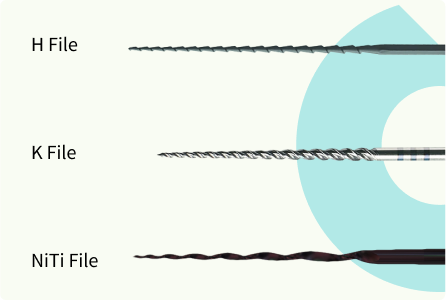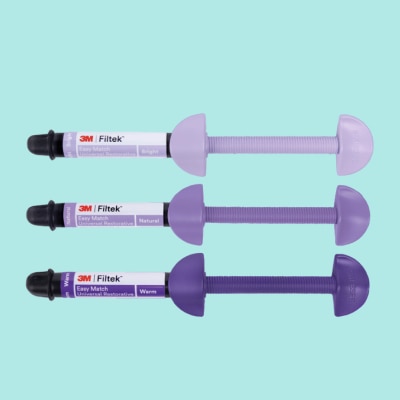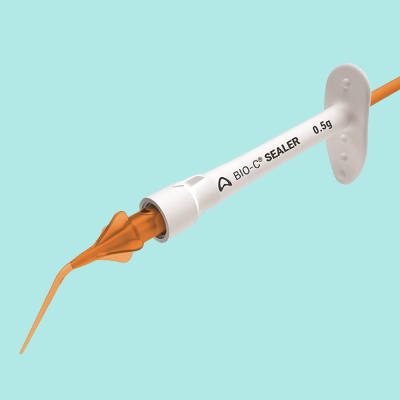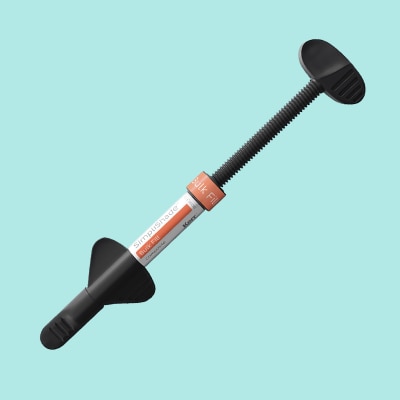Endodontic Files Buying Guide
The three main uses of an endodontic file are to remove diseased pulp tissue in the canal, shave dentine from the canal space and to shape the canal so that it can be filled properly. Coming in a variety of different materials, designs and sizes, our guide aims to make it easier for you to identify the best endodontic systems for your root canal treatments.
Endodontic File Types
The three most widely used types of endodontic files are NiTi (nickel-titanium) files, K-files and H-files (Hedstrom).
- K-files and H-files are stainless-steel hand files. They are typically used to locate canals and create a glide path. They are generally used prior to rotary files.
- NiTi is the most popular alloy used today in endodontics. NiTi files can be used within rotary systems or manually for fine control. Over recent years, NiTi files have become the preferred choice of file for many dentists due to the superior flexibility provided.

Endodontic File Taper Explained
An endodontic file’s taper indicates how much thicker in diameter the file gets for each 1mm you go down from the tip of the file. Tapers are the cutting points along the file.
Stainless steel endo files, such as K-files and H-files, have a pre-set taper of .02 (mm). NiTi files have a taper of either .04 or .06.
The taper of an endodontic file can be used to work out the diameter of the file at any working point. For example, to work out the diameter of the final cutting flute of a particular file, which is always 16mm down from tip, the following equation for a .04 taper size 30 file could be used- 0.3mm + (16 x 0.04mm) = 0.94mm.
Compatibility and Convenience
It is important to ensure that your new endo files are compatible with your existing handpieces. You will tend to find that newer generation NiTi files are compatible with most systems.
The best files will also be compatible with the most popular and mainstream endodontic techniques to ensure a seamless transition over from another system. EdgeEndo and WaveOne files are both designed to be used in a similar technique and file sequence, explained in the video.
Convenience can also be found by purchasing assorted packs containing all the file sizes likely to be required for a single procedure.
Type of Cut and Cross-section
Different endodontic files have different cross-sections and tip designs.
- ProTaper files have a convex, triangular cross-section, designed to enhance the cutting action while decreasing the rotational friction between the blade of the file and dentine.
- EdgeTaper files have a similar convex triangular cross-section and a non-cutting tip aimed at maximising cutting efficiency.
A non-cutting tip allows for each file to safely follow the secured portion of a canal. Files with cutting tips are more aggressive at their leading edge and therefore need to be used more carefully in the depths of the canal.
Reputation
Endodontics systems that have been on the market for some time with a proven track record can provide that extra bit of confidence for dentists. The EdgeEndo website has an entire hub dedicated to testimonials from various doctors and professors.
Silicone Stops
The use of silicone endo stops aid in establishing canal depth and working length of each file. Files that come with pre-inserted stops, such as Supreme Endo K-Files, are more convenient in that they can save time for the dentist or endodontist.
Endodontic File Sizes & Colours
Endodontic files have a universal handle colour scheme and are available in three different lengths of 21mm, 25mm and 31mm. The extra length is non-cutting shaft and is useful for posterior teeth where access and visibility is impaired.
Often categorised as small, primary, medium or large, endo file sizes range from 15 (0.15mm tip diameter) to 80 (0.8mm tip diameter). Below is a list of all endodontic file sizes and their corresponding handle colours according to ISO.
Heat-treated Endodontic Files
Despite the considerable flexibility advantages NiTi holds over stainless-steel, traditional NiTi alloys come with an increased risk of failure. This makes the inclusion of heat treatment technology one of the most advantageous features to look for in a file.
Heat-treated endodontic files allow flexibility to be maintained in the canal with a lower risk of the alloy ‘bouncing back’ into shape and putting pressure on the file. The improved flexibility of heat-treated NiTi files allows files, such as EdgeOne Fire files from EdgeEndo, the capability of 90° curves. Unlike traditional NiTi files, most heat-treated files can also be pre-bent to accommodate different clinical situations, including a small level of flexibility at the shaft.
Resistance to Cyclic Fatigue
The more curved a canal, the greater the cyclical fatigue placed on the file and risk of breaking as it undergoes stresses upon rotation.
With rotary files, look out for brands that can provide clinical evidence of the strength and durability of their files to be able to withstand different situations.
Price
Endodontic file savings can be made without compromising on quality or technique if you look in the right places. You can regularly find offers on WaveOne Gold files and multibuy deals on a variety of EdgeEndo products at Kent Express.
For stainless-steel endodontic files, our own brand endo products from Supreme Endo can deliver year-round savings versus bigger name suppliers.
Regardless of what system you opt for, Kent Express can offer free next working day delivery when you order online to help you spend less.
Endodontics
















